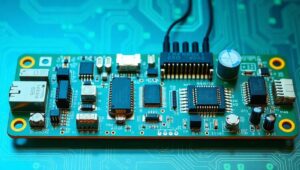June 2, 2025
Energy-Autonomous Gadgets That Never Need Charging (2030 Dream)
Energy-Autonomous Gadgets: A 2030 Vision Imagine a world where your gadgets never run out of power. No more frantic searches for charging cables, no more battery anxiety. By 2030, this dream could become a reality thanks to advancements in energy-autonomous technology. These devices, also known as self-powered gadgets, harvest energy from their surroundings to operate continuously. What is Energy Autonomy? Energy autonomy refers to a device’s ability to generate its own power from ambient sources, eliminating the need for external power supplies like batteries or chargers. This is achieved through various energy harvesting techniques. Key Energy Harvesting Technologies Several technologies






